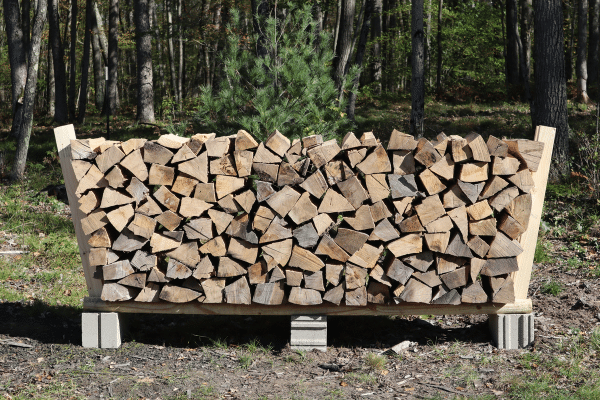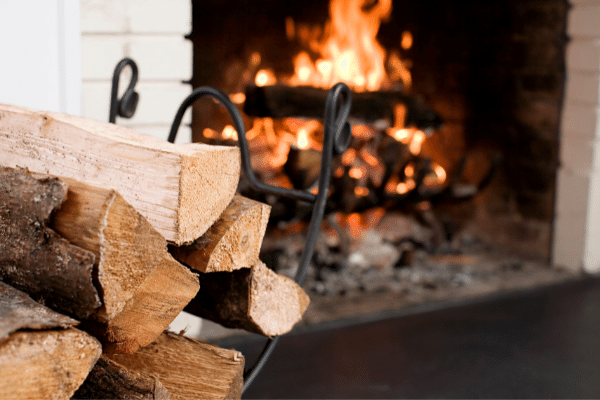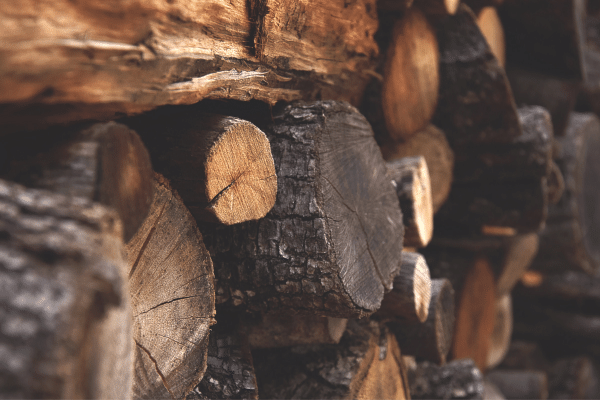- Home
- Types Of Firewood
- How to Split Firewood
How To Split Firewood
This post may contain affiliate links so I earn a commission.
Learning how to split firewood the best way can save you a lot of time, energy and money.
Cutting firewood into rounds is only the first step of the firewood process.
In addition to cutting the logs into a workable length, the wood needs to be split as well.
Splitting the wood allows the wood to dry faster, since the sun and wind can penetrate all sides of the wood once it's split.
There are a few ways to get the job done.
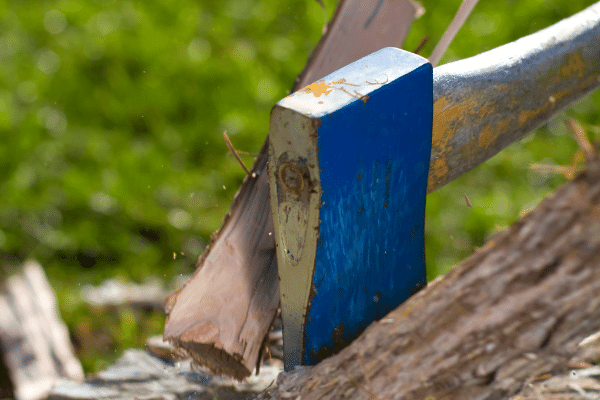
When we talk about how to split firewood, four methods come to mind.
Depending on your physical stamina, the amount of wood you will burn in a season, your time constraints, and your budget, you can select the method for splitting wood that works best for you.
How To Split Firewood By Hand
Understanding how to split firewood using a splitting axe or maul is the traditional way to split wood.
There is not much difference between these two tools, but a maul is typically larger and heavier.
It is designed to have more force when you swing it over your head and onto an up-ended piece of wood.
There is something very satisfying about splitting and stacking a pile of wood, but let’s be honest … this is a job for a strong, young, fit person.
Even if they aren’t fit at the moment, they will be after several weekends of splitting wood.
Henry Ford once said, “Chop your own wood and it will warm you twice.”
He wasn’t kidding.
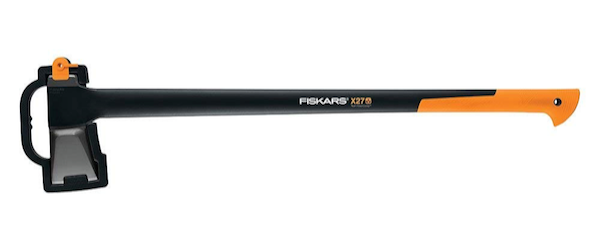
You will work up a sweat and get a good workout from splitting wood, but you will earn the pride of a job well done and the satisfaction of providing heat for your family.
For best results, make sure your splitting axe is sharp and the handle is solid and secure.
Avoid putting the logs you intend to split on the ground, especially if the ground is soft.
The soft ground will absorb some of the force of the splitting axe and make it harder to split the wood.
Instead, you can use a larger piece of wood as a table or pedestal.
Place the log you want to split vertically on top of it, making sure it is not wobbly or teetering.
Hold the axe or maul tightly and swing it straight back over your head.
Keeping your eyes on the log, swing the maul confidently over your head and strike the log with the blade.
The force of the blow will split the log, breaking it along the grain of the wood.
If you are splitting really tough wood, you may want to add a wedge and sledgehammer to your arsenal when you are splitting wood.
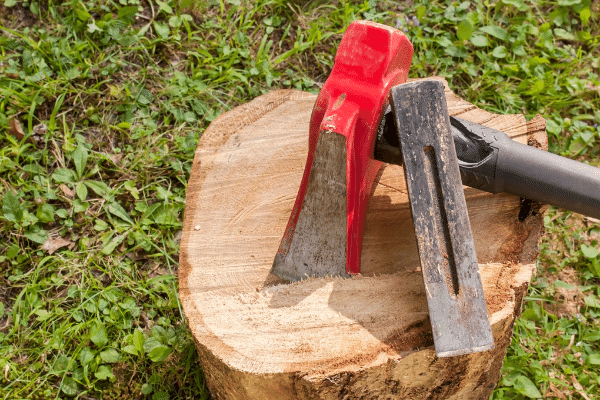
You will need to make a dent in the log with the axe or maul to begin.
Then insert the wedge into the opening and slam it hard with the sledgehammer.
The force will splinter the wood fibers along the grain, pulling the wood apart.
How To Split Firewood With A Manual Log Splitter
If splitting wood by hand gets to be too much for your back, but you are not ready to make the leap into a costly gas log splitter, there is an alternative, the manual log splitter.
One of the nice features of a manual log splitter is that it doesn’t require electricity or gasoline.
You can take it into the woods without worrying that you might run out of power.
No motor also means it is quiet.
You can split wood quietly so the people in the next campsite can sleep.
How does a manual log splitter work?
It is essentially a hydraulic jack like you would use to lift up your car to change your tire, only it is horizontal.
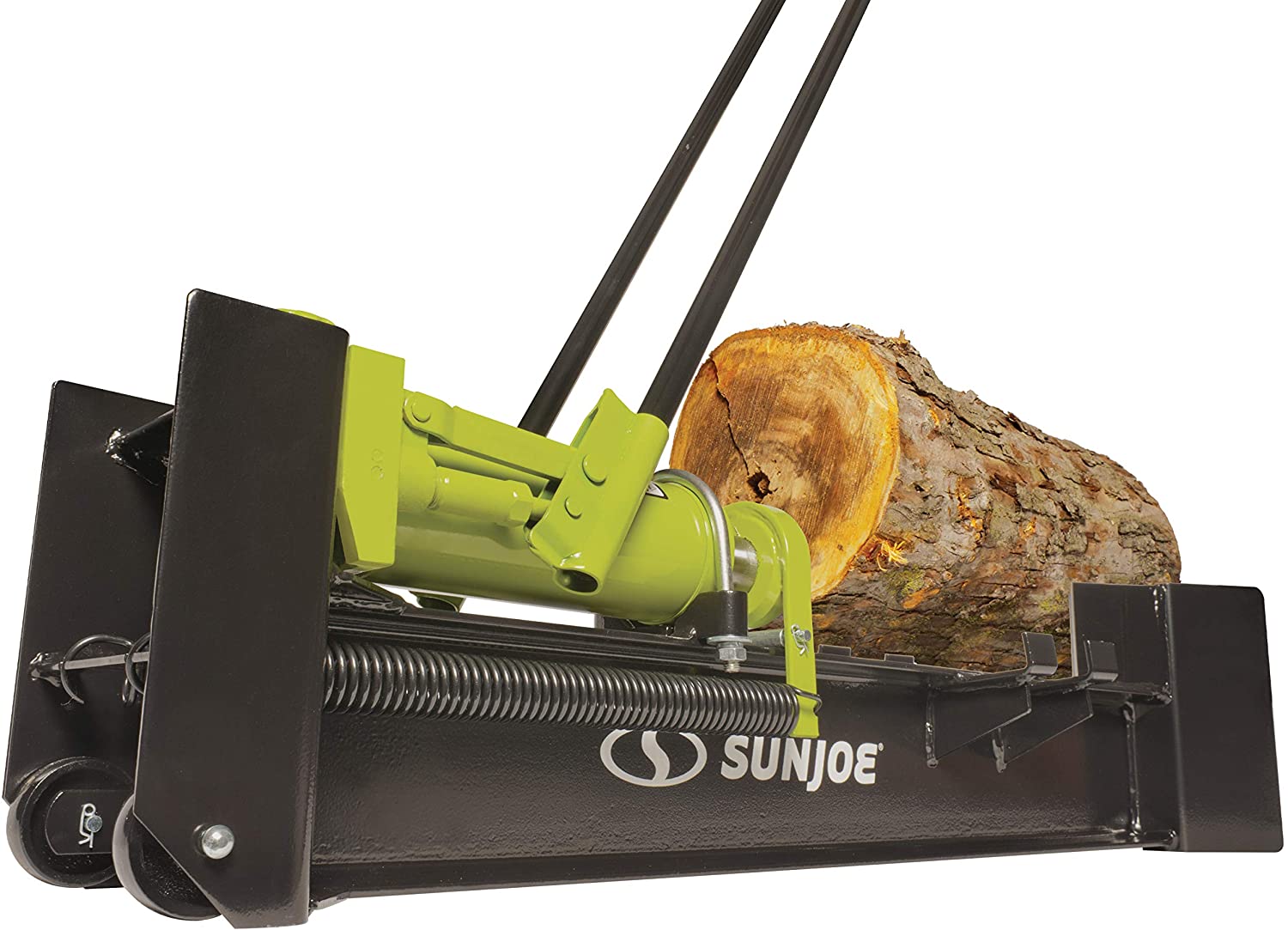
The jack is located at one end of the trough-like splitter with a durable metal wedge at the other end.
You just lay a log in the splitter and pump the hydraulic jack with a long lever.
The jack forces the log against the splitter until the wood splits apart.
You do have to pump the lever to get the hydraulics to work, but it is far less exhausting than swinging a splitting maul.
If you heat exclusively with wood, however, you may want to up your wood splitting game with a gas-powered log splitter.
You have two options.…an inertia splitter or a gas-powered hydraulic splitter.
Using A Gas Powered Log Splitter To Split Firewood
How To Split Firewood Using An Inertia Splitter
A gas-powered inertia splitter, which uses a flywheel and belt system, is probably the fastest way to split firewood.
The motor delivers a burst of force that pushes the log against the splitting wedge with enough force to splinter it apart.
It is a fast and nearly effortless process, but there are a few drawbacks.
The inertia splitter cannot maintain its force for very long.
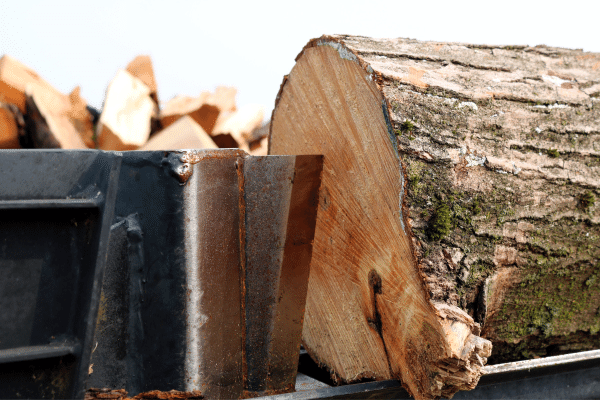
If you have a tough piece of wood with knots and gnarls, it may take you a few tries to split through it.
But as I said, the inertia splitter is quick.
The cycle time – how long it takes for the plate to push the wood into the splinter and return to its starting position – is only about three seconds, compared to the 15 seconds it takes a gas-powered hydraulic log splitter.
If you have well-seasoned, good-quality wood – non stringy wood like cedar or ash – a gas-powered inertia log splitter is a fast and efficient way to split a load of wood.
How To Split Firewood With A Hydraulic Log Splitter
A gas-powered hydraulic splitter may look like an inertia splitter, but the similarities end there.
This type of log splitter, as the name states, uses hydraulics to push a splitting wedge into the log.
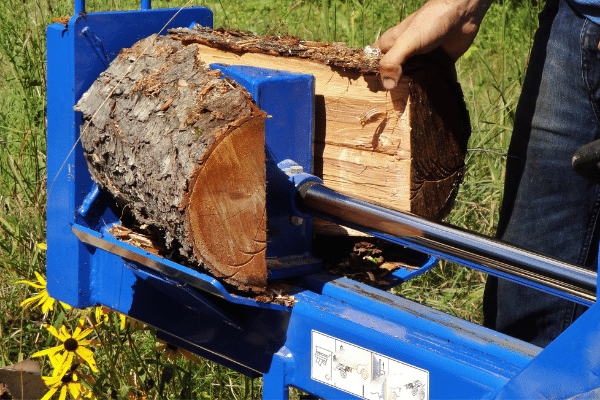
Unlike the manual log splitter, the hydraulics on this one is gas-powered.
It is a strong and powerful machine, capable of slicing through dense oak and maple firewood with ease.
The gas-powered hydraulic log splitter is not as speedy as the inertia one, but it is rugged and durable.
It gets the job done without any fuss.
Wood Splitting Safety Tips
No matter which method you use to split wood, you need to practice basic safety precautions to keep yourself and others safe.
Wear the proper safety gear, such as thick work gloves, safety glasses, steel toe boots, and long work pants.
Shards of wood can fly around unexpectedly, causing injuries.
If you are splitting wood by hand, drink lots of water and take frequent breaks.
Dress in layers so you don’t get overheated.
Never work alone.....there is safety in numbers.
When swinging a splitting maul, be sure no one is walking up behind you and that children are kept a safe distance away.
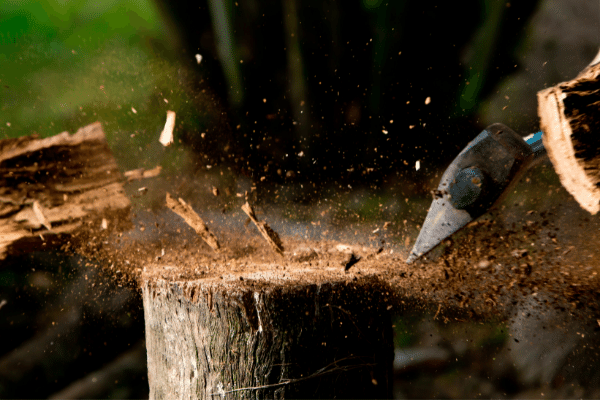
If you are using a manual or gas-powered log splitter, be sure to keep your hands clear of the moving parts.
Never try to move or reposition a log after the plate starts moving.
Lastly, be sure to keep the equipment in good working condition to avoid dangerous breakdowns.
Splitting wood is a necessary job for anyone who heats with wood.
How to split firewood for your specific needs is up to you.
While splitting wood by hand is inexpensive and gives you a good workout, it can really wear a body down over time.
Investing in a manual or gas-powered log splitter is worth the money if you are serious about heating with wood.
